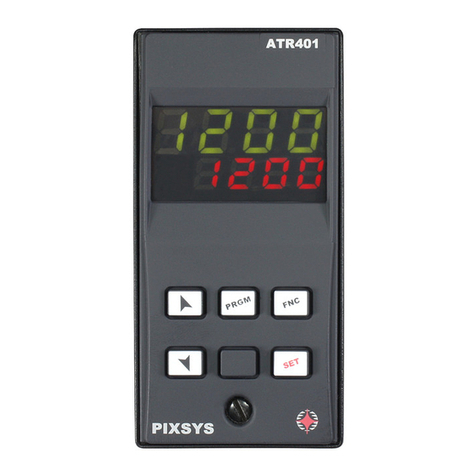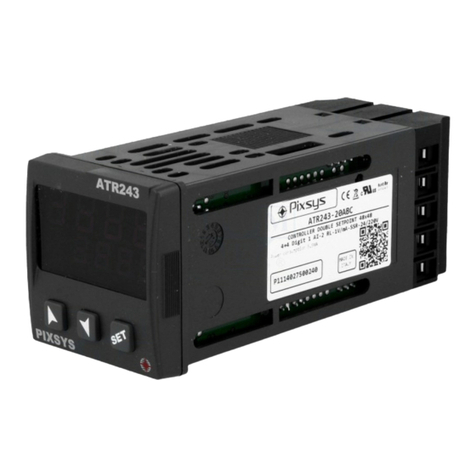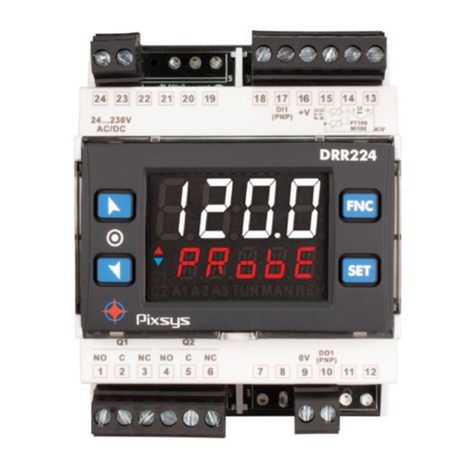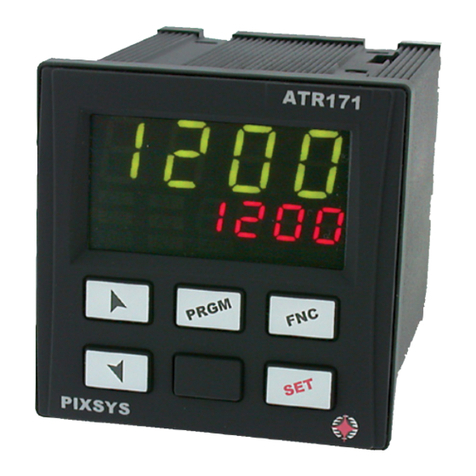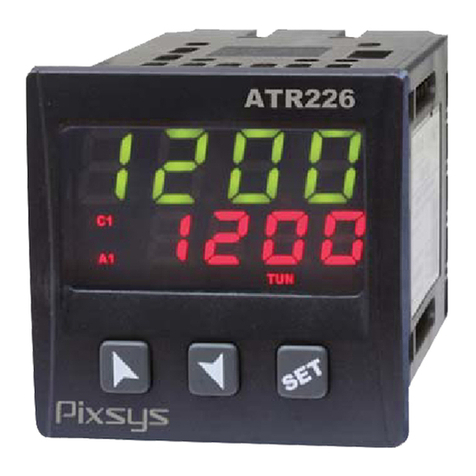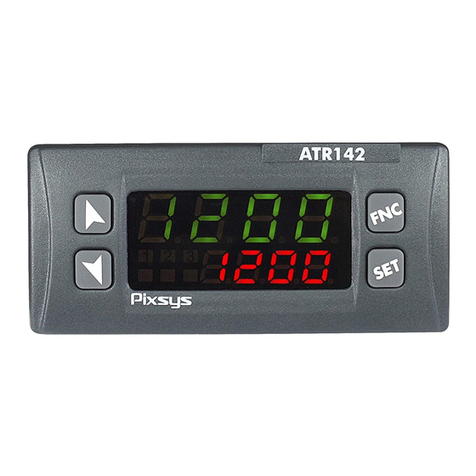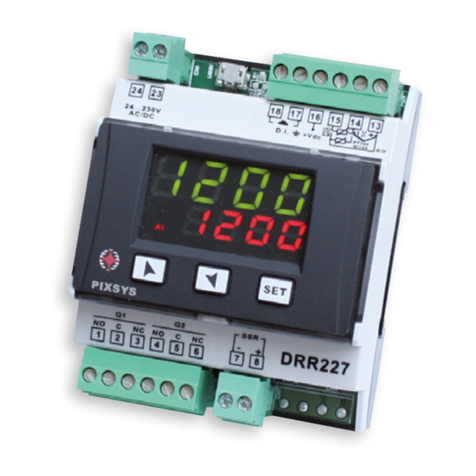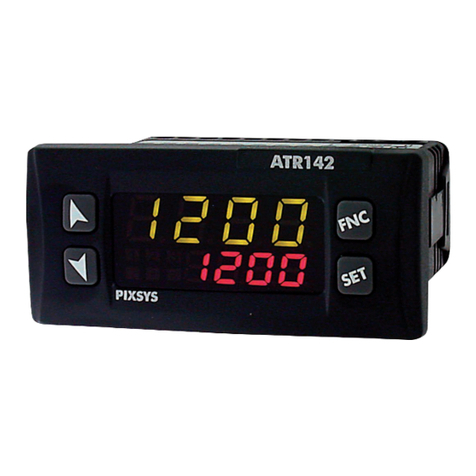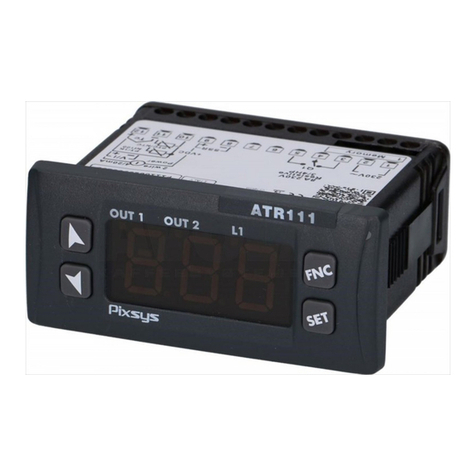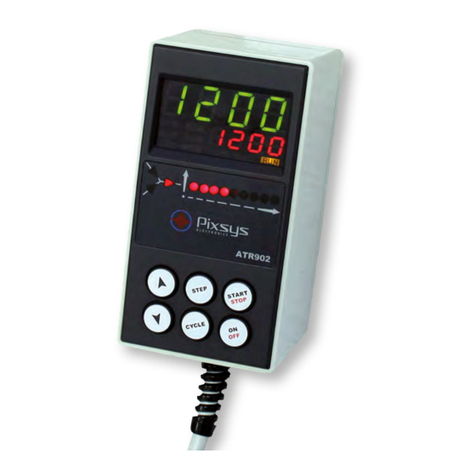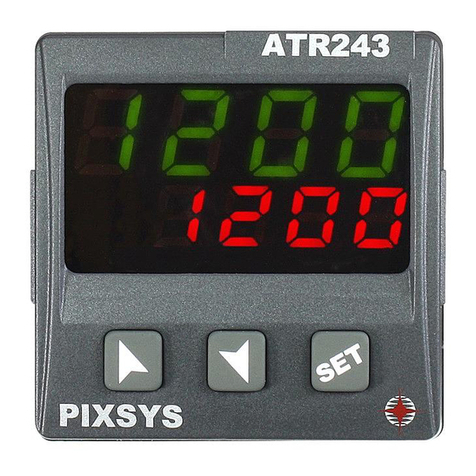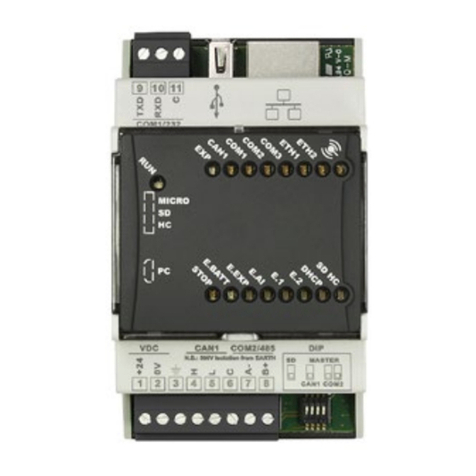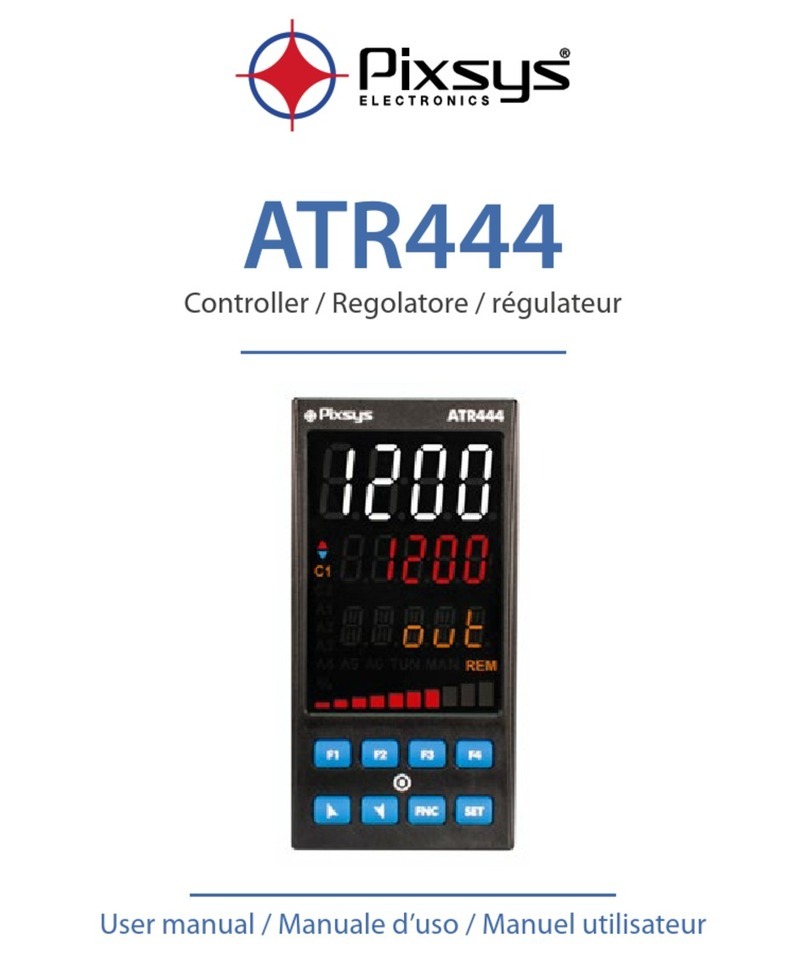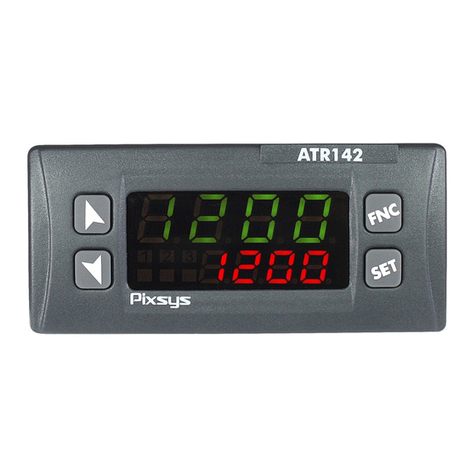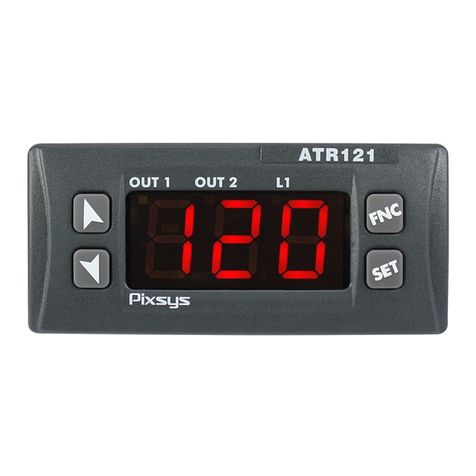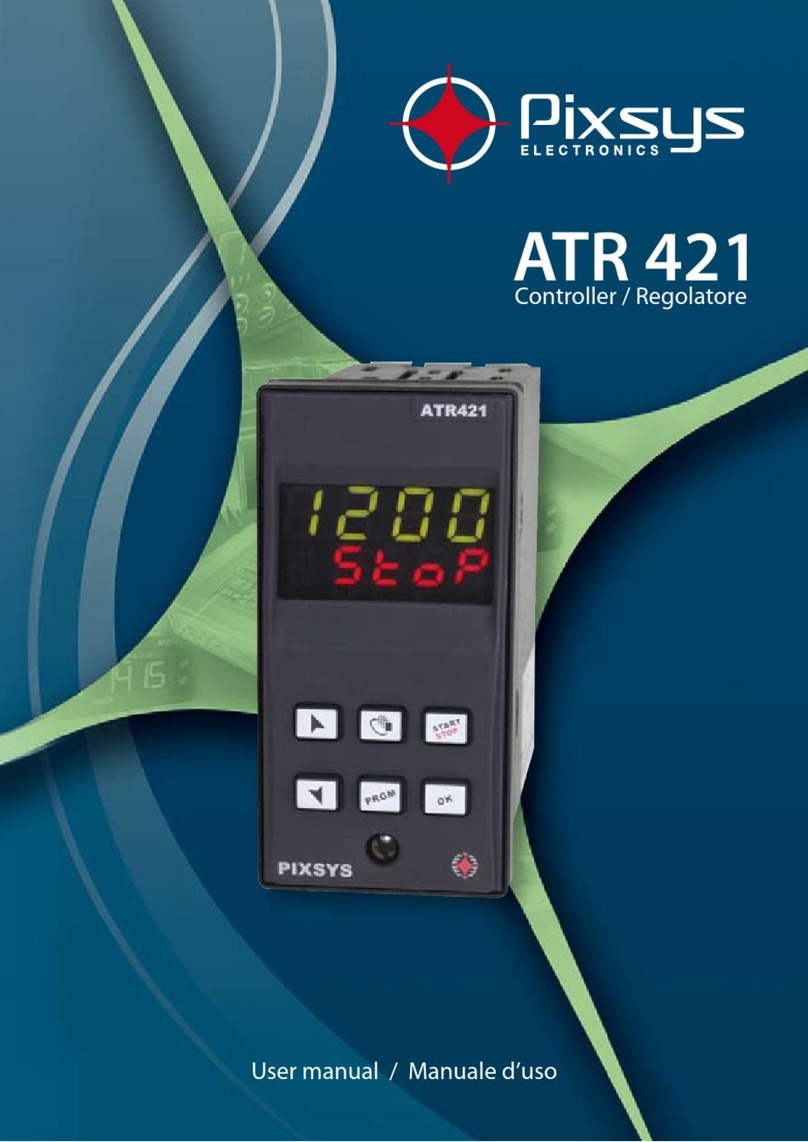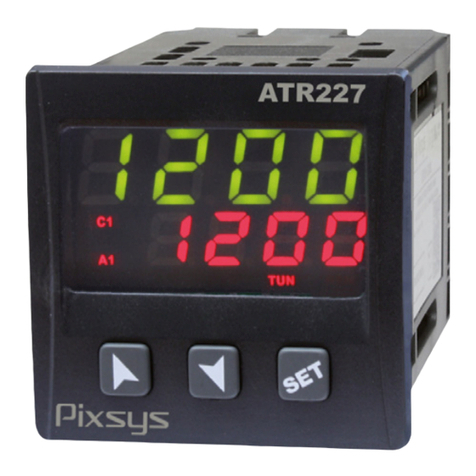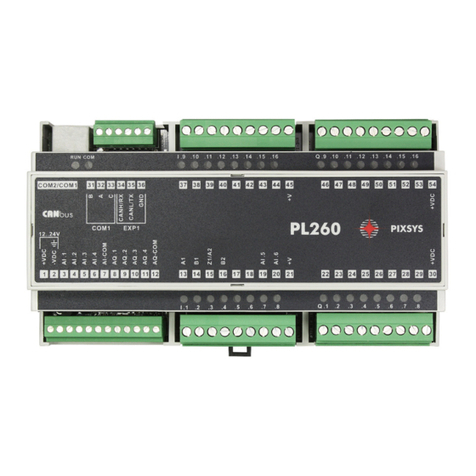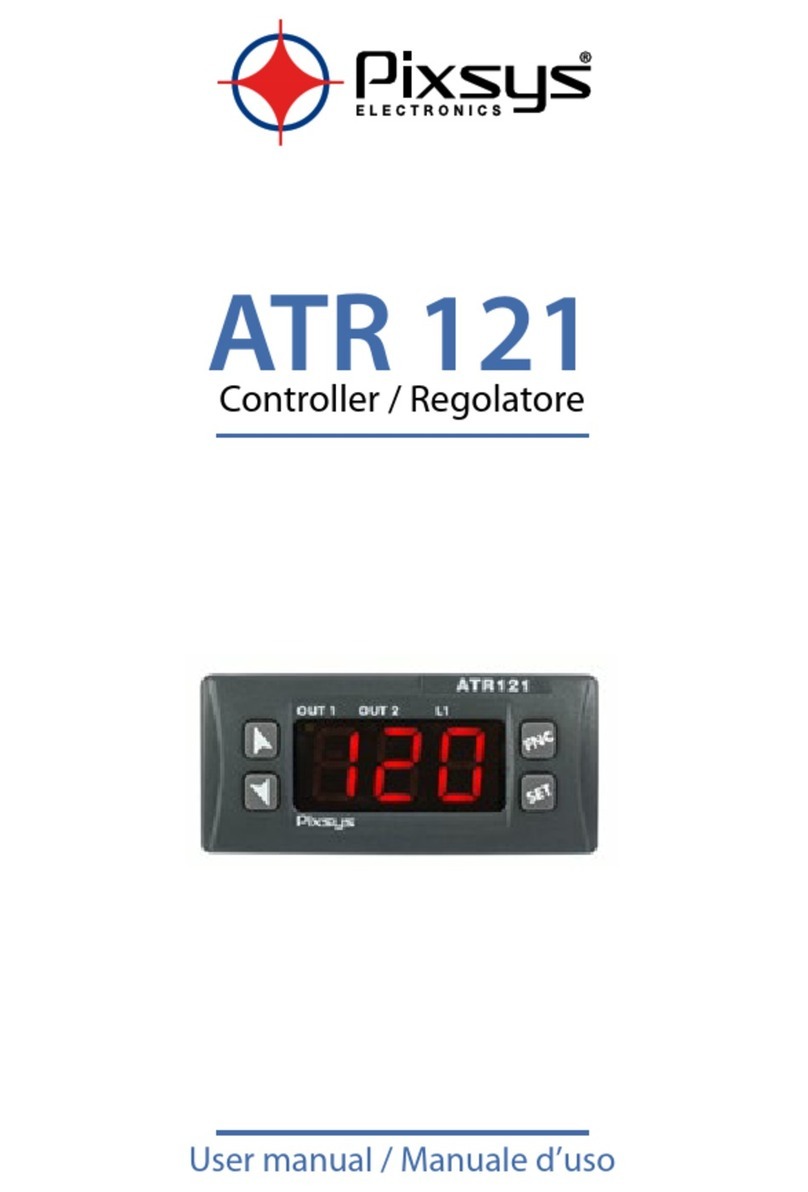
Indice degli argomenti
1 Norme di sicurezza ....................................................................................................................................................72
2 Identificazione di modello.......................................................................................................................................72
3 Dati tecnici...................................................................................................................................................................72
3.1 Caratteristiche generali ............................................................................................................................72
3.2 Caratteristiche Hardware.........................................................................................................................73
3.3 Caratteristiche software...........................................................................................................................73
4 Dimensioni e installazione ...................................................................................................................................... 74
5 Collegamenti elettrici................................................................................................................................................ 74
5.1 Schema di collegamento.......................................................................................................................... 75
6 Funzione dei visualizzatori e tasti..........................................................................................................................79
6.1 Indicatori numerici (display)....................................................................................................................79
6.2 Significato delle spie di stato (Led).........................................................................................................79
6.3 Tasti................................................................................................................................................................79
7 Modalità doppio ingresso........................................................................................................................................80
7.1 Selezione grandezza correlata al comando e agli allarmi ..............................................................80
7.2 Setpoint remoto da ingresso analogico ...............................................................................................80
7.3 Setpoint remoto da ingresso seriale ...................................................................................................... 81
8 Funzioni del regolatore.............................................................................................................................................81
8.1 Modifica valore setpoint principale e di allarme................................................................................ 81
8.2 Tuning automatico .................................................................................................................................... 81
8.3 Tuning manuale ......................................................................................................................................... 81
8.4 Tuning once .................................................................................................................................................82
8.5 Tuning sincronizzato.................................................................................................................................82
8.6 Funzioni da Ingresso digitale ..................................................................................................................82
8.7 Regolazione automatico / manuale del controllo % uscita ............................................................83
8.8 Heater Break Alarm su CT (Trasformatore Amperometrico - solo ATR244-23xx-T)....................84
8.9 Funzionamento in doppia azione (caldo-freddo)..............................................................................84
8.10 Funzione LATCH ON...................................................................................................................................85
8.11 Funzione Soft-Start ....................................................................................................................................86
8.12 Funzione ritrasmissione su uscita analogica.......................................................................................86
9 Comunicazione Seriale.............................................................................................................................................86
10 Lettura e configurazione via NFC........................................................................................................................... 91
11 Accesso alla configurazione....................................................................................................................................92
11.1 Caricamento valori di default .................................................................................................................93
11.2 Funzionamento della lista parametri....................................................................................................93
12 Tabella parametri di configurazione.....................................................................................................................93
13 Modi d’intervento allarme.....................................................................................................................................129
14 Tabella segnalazioni anomalie ............................................................................................................................ 131
Index des sujets
1 Règles de sécurité.....................................................................................................................................................139
2 Identification du modèle........................................................................................................................................139
3 Données techniques................................................................................................................................................139
3.1 Caractéristiques générales.....................................................................................................................139
3.2 Caractéristiques Hardware ....................................................................................................................140
3.3 Caractéristiques Software......................................................................................................................140
4 Dimensions et Installation..................................................................................................................................... 141
5 Raccordements électriques ................................................................................................................................... 141
5.1 Plan des connexions ................................................................................................................................142
